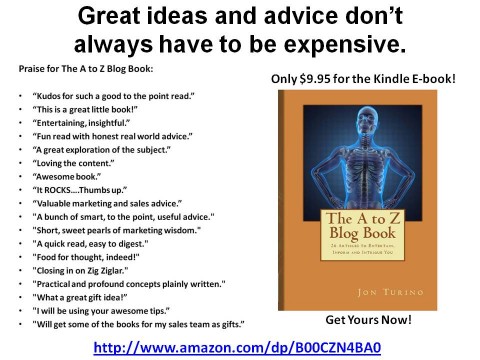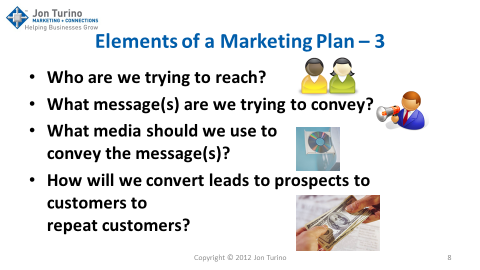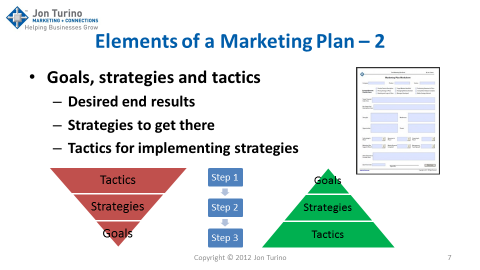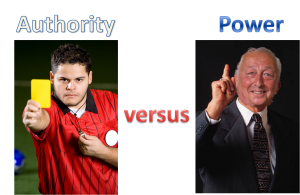 Horses, H2O and Humans
Horses, H2O and Humans
It’s been a while since I’ve posted a rant in this space. I’ve been inspired by Alex at Heyo and Derek at Social Triggers and even my buddy Jake at Embark Marketing. So here goes.
Cowboys used to say that you could lead a horse to water but that you couldn’t make him drink any. So the horses that wouldn’t drink any died. Which reinforced the cowboys’ belief that horses offered water that they wouldn’t drink were really stupid and thus deserved to die.
If you were offered water, would you drink it? I don’t mean Evian or Nestle or some other fancy water that you pay far too much for. I mean good old-fashioned water say from a tap in your kitchen. Or, if you are old enough to remember doing it, from the front end of the garden hose, after letting the water run for a while, of course, so that it was nice and cold and didn’t taste like rubber?
You probably might answer those questions with reservations. It would probably have something to do with whether or not you were thirsty at the time, right? But what if you weren’t thirsty at the time and a few minutes later your water supply was cut off by some catastrophe? Would you last as long as you might if you had drunk the water even if you weren’t in desperate need of it at the time?
Knowledge is like that. You might not think you need it when it is offered. But when disaster or drought strikes, you surely could have used it after your refusal to drink from the cup when you didn’t think you needed it, couldn’t you? How do you know when a piece of knowledge, a piece of expertise, a piece of experience or some advice on avoiding a mistake will be a critical element in shaping your future and the future of whatever endeavors you are engaged in?
I’ve been offering my knowledge to you for well over a year now. Many of you have taken advantage of it, particularly the free stuff, including the website resources list, the calendar of events, my monthly newsletter and maybe even these blog posts. And I’m thankful that my efforts to provide value for you are appreciated at some level and that you are finding them useful.
I have to say, however, that sometimes my efforts to bring knowledge to you so that you will have it in your time of need seem to be unappreciated or ignored. Not always, but sometimes. I did The A to Z Blog Book. $24.95 on Amazon, now $9.95 on Kindle and $20 if you get one from me personally, autographed or not. Several hundred ordered it during the free promo period on Kindle. Two were kind enough to write reviews, and very nice ones at that.
I just did the Probiotic Marketing Infographic. OK, the name is funny because it is a take-off on the TV commercials touting prebiotics, probiotics and other “features” of yogurt. Clearly a borrowed interest kind of name, to which I don’t normally resort, but an infographic filled with tremendously valuable information on how best to market what you sell to the most likely prospects in the most effective way in any case.
I’ve been promoting these things heavily on Google+, Facebook and Linkedin. A few of you are drinking in the knowledge offerings, and many of you are complimenting them with “likes,” but not nearly enough of you to justify the effort that it takes to lead you to the water. It reminds me of the cartoon showing an Indian chief ignoring a Gattling gun salesman because he was too busy fighting a battle with bows and arrows. You’ve seen the cartoon. And you’ve thought: what an idiot. But have you looked at, let alone taken advantage of the knowledge offers in The A to Z Blog Book or the Probiotic Marketing Infographic? Not according to my Google analytics! So what does that make you?
How much is a good idea worth if it increases your sales, bumps up your profits or helps you stay in business? How much is being prepared in advance worth? I have bunches of stories about how a few ounces of prevention can save tons of time, effort, money and grief. But you have to make the effort and the investment in learning these prevention techniques before you need them if they are to be of use to you.
Please give some thought to these issues. Buy The A to Z Blog Book in one form or another. Order the Probiotic Marketing Infographic. They don’t cost very much. And they contain the kind of information you really need and won’t find anywhere else in this world. Or be like the horse that is led to water and refuses to drink. It is your choice, and I hope you choose to drink in this valuable knowledge before you succumb to the results of not doing so.
As always, thanks for reading and please do bombard me with comments pro and con.
Image credit: <a href=’http://www.123rf.com/photo_13261383_skinny-cowboy-horse-drinks-water-from-a-bucket-vector-illustration.html’>vipdesignusa / 123RF Stock Photo</a>












